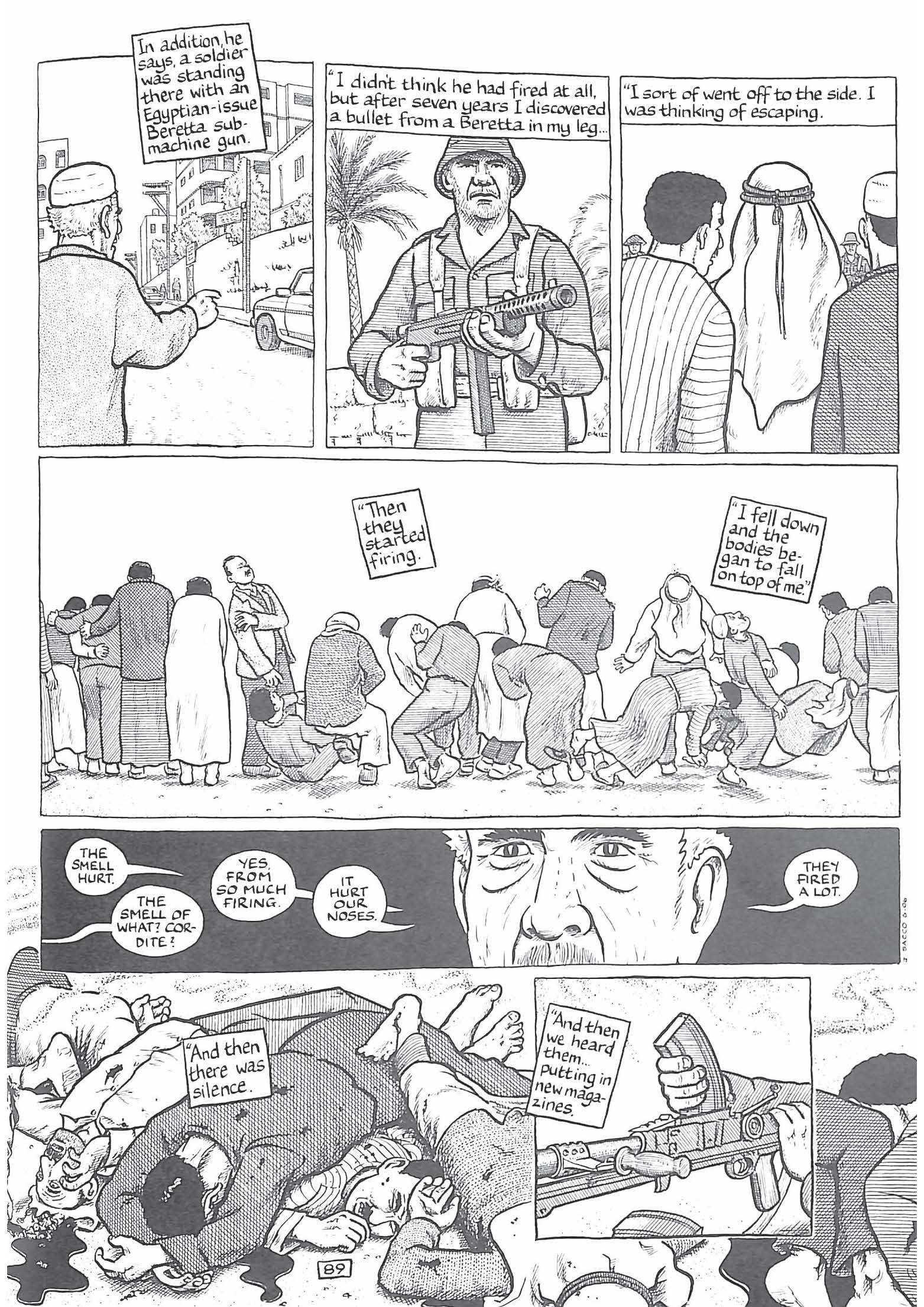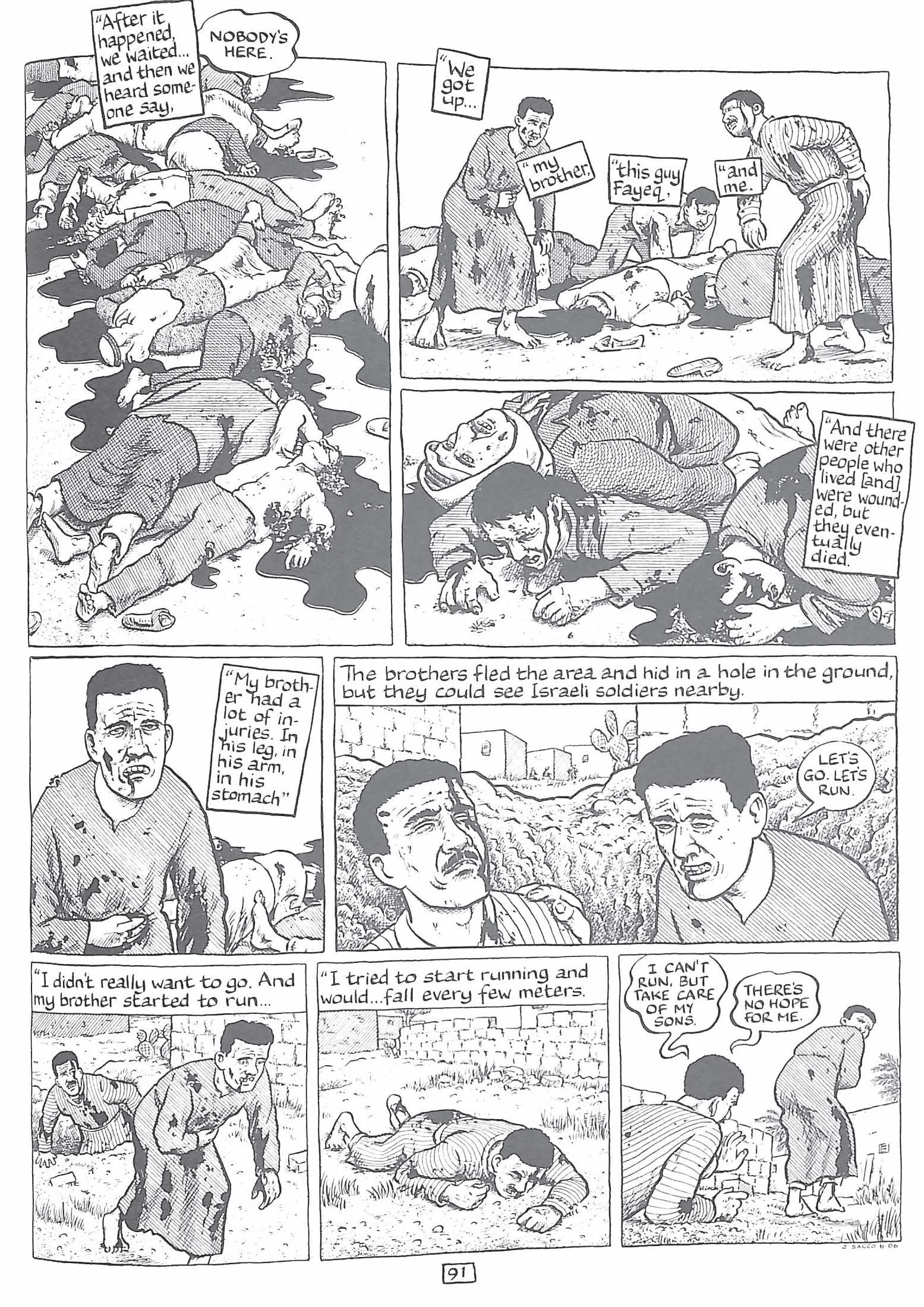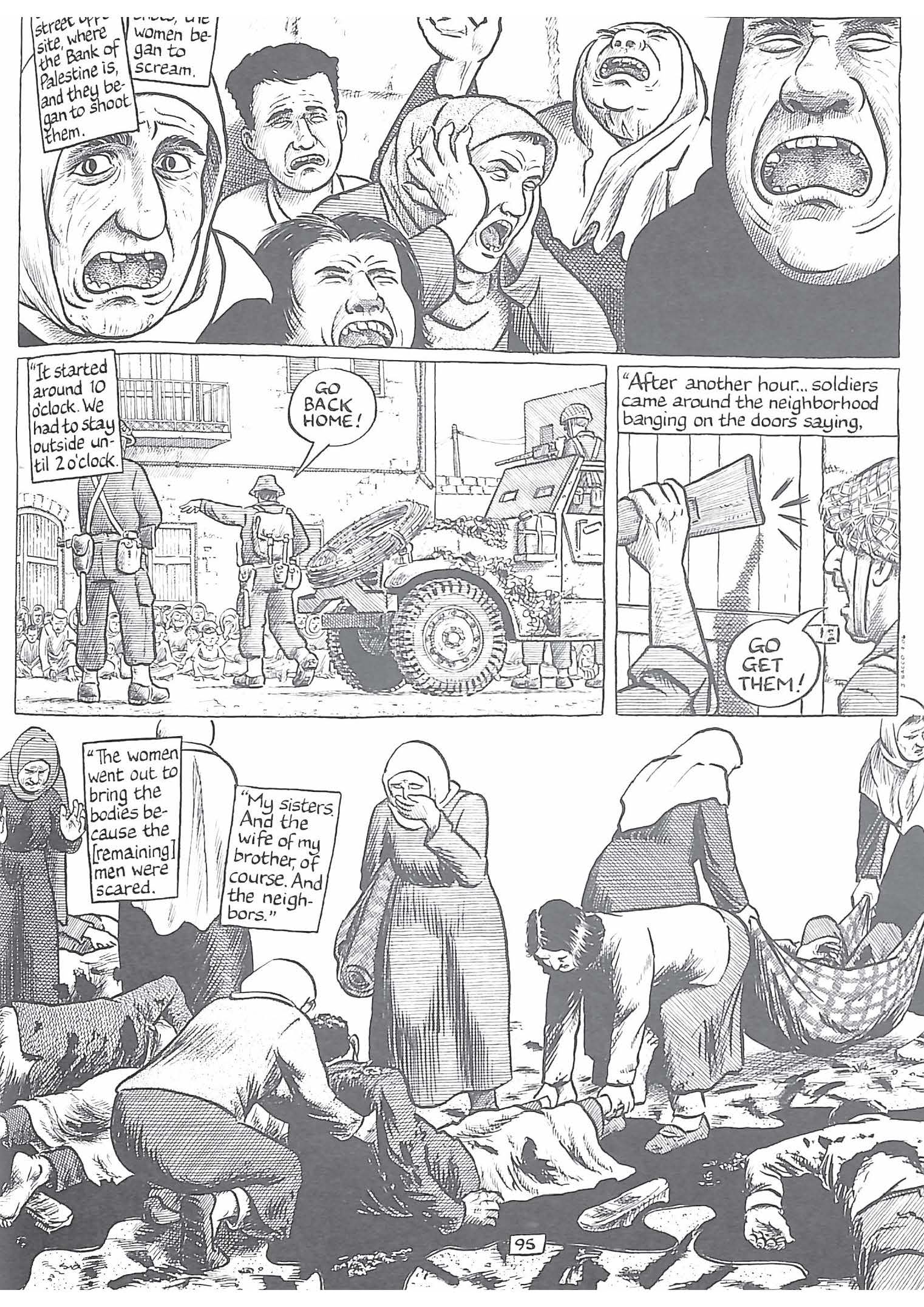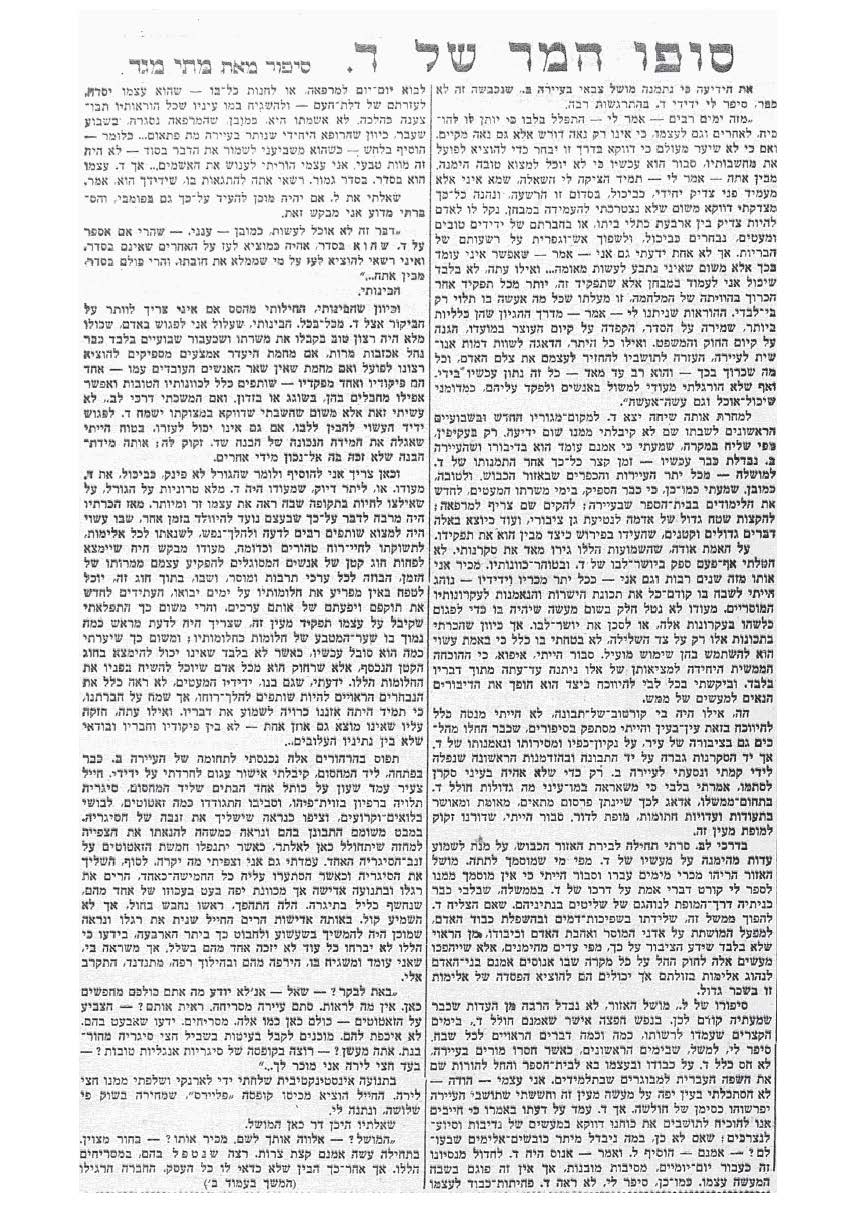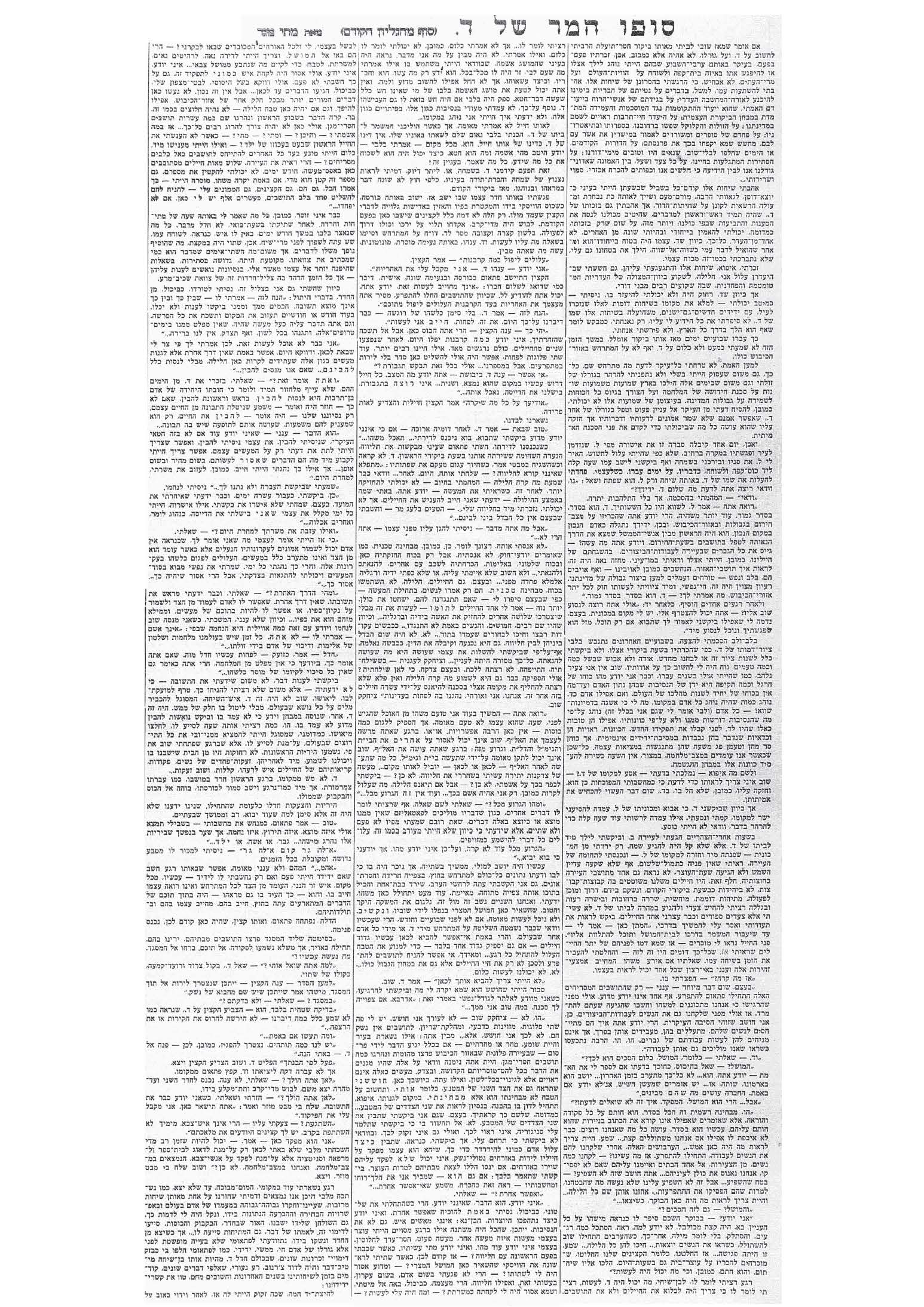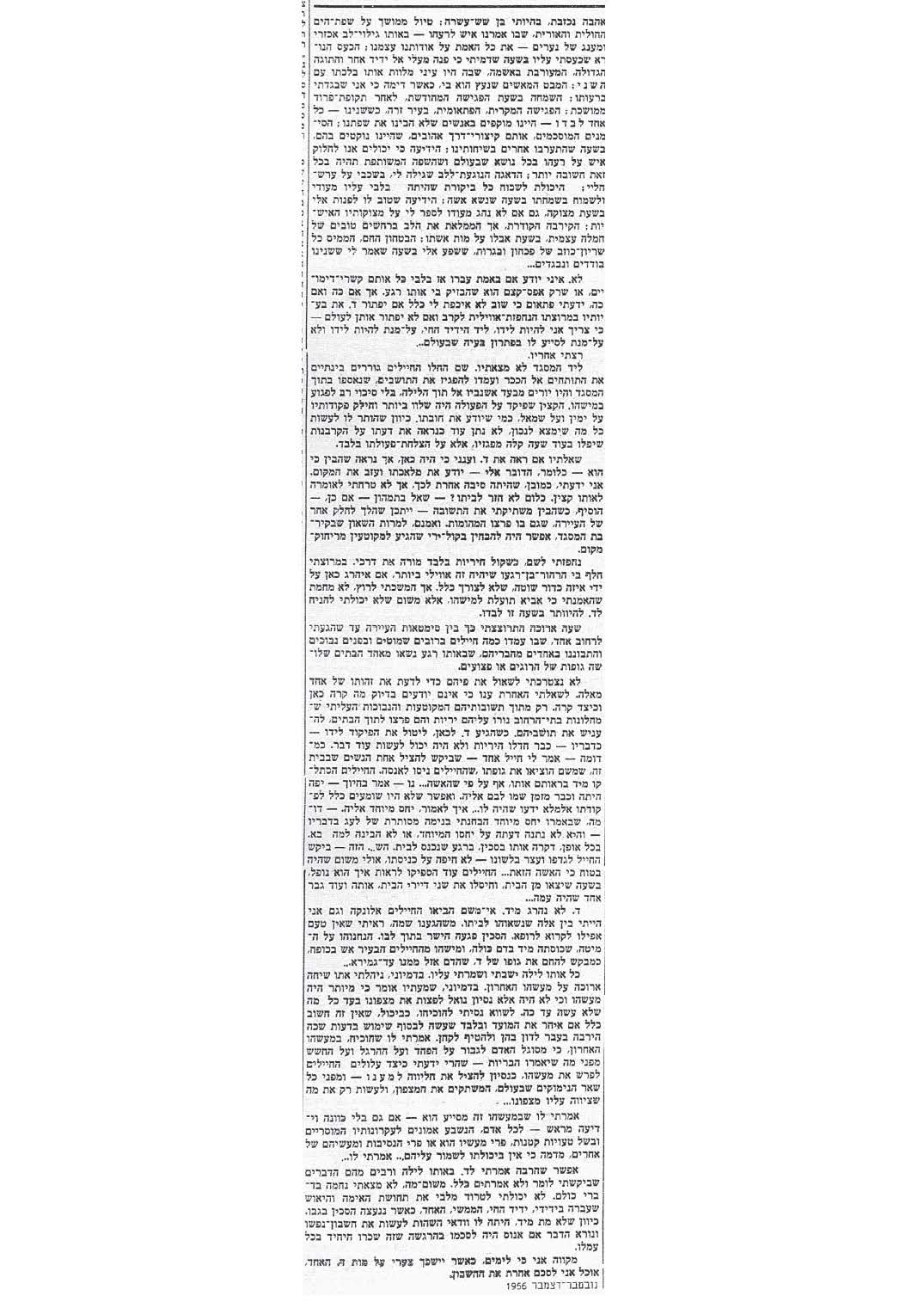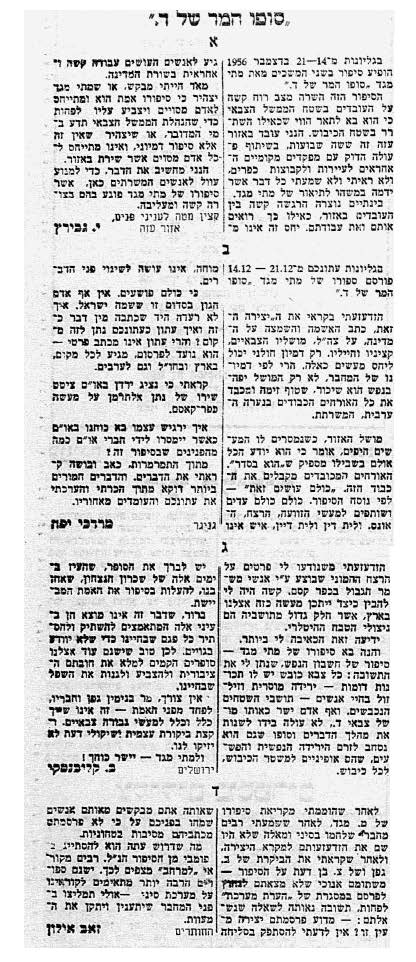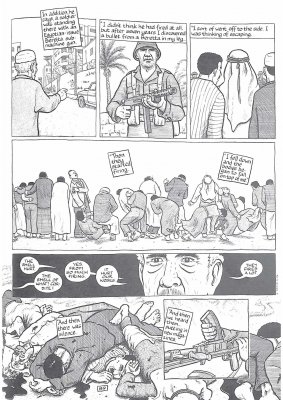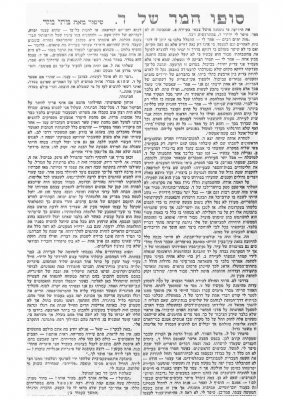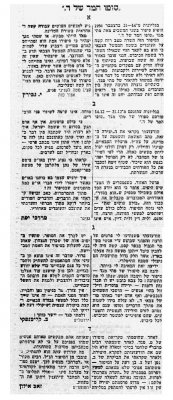Precious few archival records about the bloody events that took place in the Gaza Strip immediately after its initial occupation in 1956 are accessible to the public. In the absence of reliable, accessible records, the events were described in a fictional story penned by author Matti Megged and published in the Lamerhav daily newspaper. The story depicts, in great detail, the exploits of “Mr. D.” a military governor dreamed up by Megged, and in an English language graphic novel by author and illustrator Joe Sacco, published in 2010. But, what is really known about these atrocities? And why are the records still sealed in Israeli archives?
Halfway through December 1956, shortly after the Gaza Strip was occupied and upon the inception of the military administration there, author Matti Megged published a short story in two installments in Lamerhav daily newspaper entitled, Mr. D.’s End. Megged portrays the actions of Military Governor D., who oversaw one of the cities in Gaza, and the violence, rapes and killings that pervaded the conquered city under the auspices of the Israeli army. The story caused a stir and soon drew reactions. Later, Megged said the story was fictional, but that what he had described was a danger lying in wait for an occupying nation. The story itself has been somewhat forgotten and has rarely been mentioned in the voluminous literature about the war.
In his story, Megged refers to massacres committed by the Israeli army after the occupation. He appears to have heard rumors, perhaps even more than rumors, about two mass killings in Khan Yunis and Rafah on November 3 and December 12, 1956. While the vast majority of the Israeli public has never heard of these incidents, Gazans still commemorate them every year. The exact number of individuals killed in these two incidents is unclear. According to the accepted Palestinian narrative, about 275 Palestinians were killed in the Khan Yunis massacre and about 111 in Rafah a few days later. A review of the few available archival records indicates these estimates may be incorrect. However, there is no doubt that civilians were killed by Israeli troops.
Largely left out of research, the two massacres did serve as the basis for a graphic novel illustrated and written by Joe Sacco and entitled Footnotes in Gaza. While working on the book, Sacco collected testimonies from Gaza residents about the two incidents and looked at historical records from various archives. Interestingly, some aspects that feature prominently in Megged’s story, such as the brutality that prevailed in the early days of the military administration (alongside the massacres), are also dominant in Sacco’s graphic novel.
In the past few years, Akevot Institute has searched archives both in Israel and abroad in an effort to collect more records about the violence that took place in the Gaza Strip in the days following its occupation and has been engaged in lengthy negotiations with the IDF and Defense Establishment Archive (IDEA) over the declassification of files containing records of these incidents. The files remain sealed to this day.
One of the reasons files pertaining to this matter have remained sealed lies in an internal policy document prepared by the IDEA in 1988 entitled the “Topics Document,” which laid out the classification policy for both the IDEA and the Israel State Archive (ISA), listing “axes of security, political and personal sensitivity.” The document itself has undergone several incarnations over the years, but its spirit remains instructive, explaining why the state precludes any efforts to get to the bottom of the bloody events that took place after the occupation of the Gaza Strip and other incidents in the history of the conflict.
Article 3 of the document, for example, discusses “material that may harm the IDF’s image [and portray it] as an occupying army devoid of moral foundations.” The article warns against publicizing information regarding “violent conduct against the Arab population and acts of cruelty (killing, murder not necessitated by combat, rape, looting, pillage”). Article 4 refers to “material related to the Jewish-Arab conflict, which may harm the security of the state even today.” Among the examples cited in the document: “violent conduct against prisoners contrary to the Geneva Convention (killing).” When these are the criteria that prevent declassification of military and political documentation – no wonder it is so difficult to keep track of historical events.
The full article by Akevot Institute researcher Adam Raz was published in Haaretz on November 5, 2021. To read the article.
Akevot Institute thanks Joe Sacco for his consent to using pages of his book first published in Footnotes in Gaza ©2010 by Joe Sacco.

